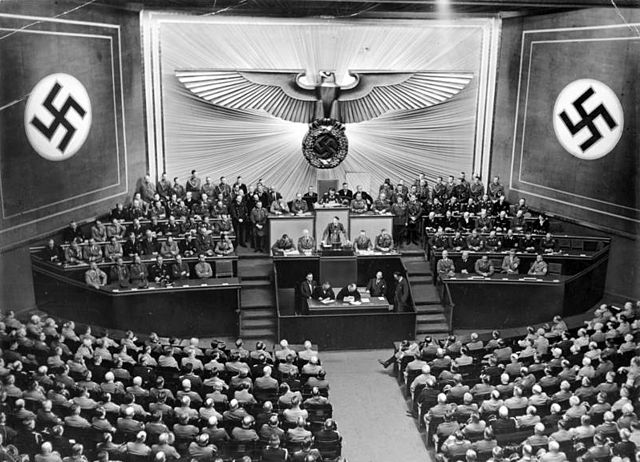Fascism vs Nazism
Fascism and Nazism are two ideologies that show significant differences, with Nazism often considered a form of Fascism. Both oppose liberalism, communism, and socialism, and originated in the 20th century, influenced by nationalism. Although Fascism and Nazism are interrelated, not all Fascists were Nazis due to ideological differences. Both ideologies emerged in Europe and were founded after World War 1.
What is Fascism?
Fascism is a government led by a dictator who controls every aspect of society, favoring the wealthy minority. It is based on nationalistic feelings and spans the period from 1919 to 1945. The term Fascism originally referred to the fascists of Italy under Mussolini. According to Fascism, the state is the central aspect and does not believe in the significance of Aryanism, nor does it pay importance to racism. The word Fascism is derived from the Italian word “fascio,” meaning a collection in the form of a bundle, indicating that fascism believes in the strength that can arise out of unity. Fascism advocates for a state where everyone is together, allowing people who do not conform to the main population a chance to convert.
What is Nazism?
Nazism is a political system that also emerged from nationalistic feelings, where a dictator and his supporters rule the country as they wish. However, Nazism is anti-Semitic, distinguishing it from Fascism. The period of Nazism spans from 1933 to 1945 and is also referred to as National Socialism. The Nazi Party’s ideology is represented by the word Nazism, which comes from the first two syllables of the German pronunciation of “national.” While Fascism has the state as its central aspect, Nazism places great importance on race. Aryanism, or the Germanic race, was considered the supreme race by the Nazis.
Key Takeaways
- Fascism is a government led by a dictator who controls every aspect of society, with the state as its central aspect, and is not focused on racism.
- Nazism is a political system led by a dictator and his supporters, with race as its central aspect, and is heavily focused on racism and anti-Semitism.
- Both ideologies emerged in Europe after World War 1, were influenced by nationalism, and opposed liberalism, communism, and socialism.
